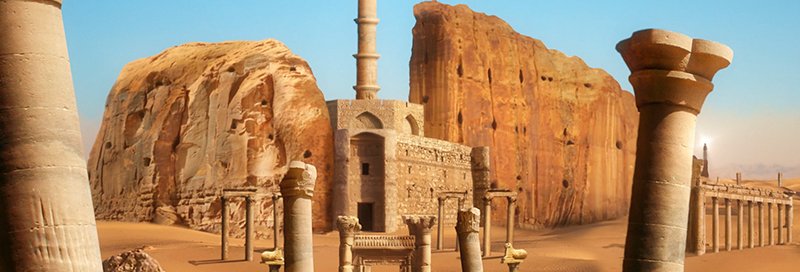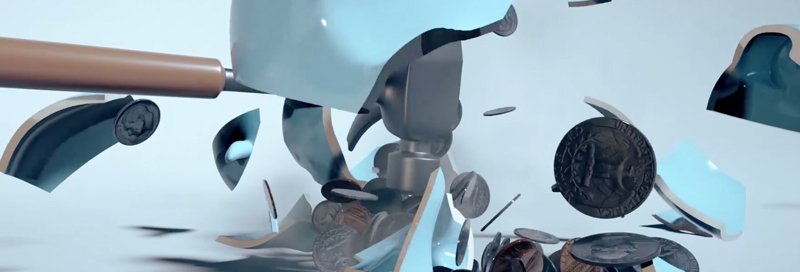The Digital Media Core is required by all digital media majors, regardless of concentration. These classes develop skills required of professionals across all areas of digital media. The last class in this series, Portfolio Development (DIGM4930) prepares students to transition from college life to professional life by working on resumes, cover letters, presentation skills, and most importantly: developing a professional digital media portfolio.
DIGM 2990 Mid-Point Review
Students produce a digital media portfolio for presentation and evaluation in preparation for upper level coursework and careers in digital media.
ENTC 3030 Technical Communications
Prerequisite(s): ENGL 1010 and ENGL 1020.
A comprehensive study of technical and professional communication in written and oral form. Covers rhetorical principles and their application in a variety of types of business correspondence, reports, and technical/scientific documents. Lecture and classroom exercises.
ARTH 2010 Art History I
A survey of architecture, painting, sculpture, and the minor arts in the Western world from prehistoric times to the end of the Middle Ages.
DIGM 4930 Portfolio Development for Digital Media
Prerequisites: Senior status and within two (2) semesters of completing all requirements for graduation. Permission of instructor is required.
This course provides the opportunity to review and refine selected examples of work for the creation of a digital media portfolio. Topics include industry research, job searching techniques, interview preparation, group projects, presentation skills, and portfolio development and refinement. Lecture and lab. (Offered in Fall, and Spring)
Digital Visual Effects Concentration:
DIGM 2720 Raster-Based Imaging
Prerequisites: DIGM 1400, DIGM 1500, DIGM 1800, and DIGM 1900; or permission of instructor.
Studies digital imaging and processing as related to contemporary practices in digital media. Areas of study might include methods for manipulating images, and the use of digital formats. Image design, color usage, and computer-based production for both traditional and digital publication.
DIGM 2900 Editing for Digital Media
Prerequisites: DIGM 1400, DIGM 1500, DIGM 1800, and DIGM 1900.
Presents digital video basics including basic compositing and an overview of the motion production process. Course topics might include pre-production, storyboarding, audio/video capture, editing of raw content into multi-layered final products, post-production processing of audio/video files for various delivery scenarios, and a review of historical motion picture and motion graphics production compared with recent technology innovations in the production process.
DIGM 4410 Digital Media for Film and Effects
Prerequisites: DIGM 2900, DIGM 2990.
Studies the computer as a tool for acquiring, editing and compositing a wide range of source media into high resolution video programs.
Notes: May be repeated for credit up to 12 hours.
Motion Graphics Pathway:
DIGM 3420 2D Motion Graphics
Prerequisites: DIGM 2990.
Presents techniques and theory of effects compositing for video. Instruction is designed to bridge the gaps between 3D production rendering and final output, live action, and computer generated imagery. Work is project based and short, demo-reel quality pieces are produced. Though not required, skills in raster-based imaging and advanced 3D are helpful.
May be repeated for credit up to 12 hours.
DIGM 3430 3D Motion Graphics
Prerequisites: DIGM 2990
Explores a variety of techniques geared toward the profession of graphics animator using industry standard software and skills in 3D animated graphic design.
Notes: Repeatable up to 12 credits.
DIGM 3220 Digital Publishing
Prerequisites: DIGM 2720, DIGM 2990, and either DIGM 2710 or DIGM 2900, or permission of instructor.
Studies digital design principles as they apply to the creation and preparation of layout design for the media quartet (mobile, tablet, online and print). Topics might also include history, basic processes, materials and methods of the communications industries as well as the generation of digital design elements.
Notes: Repeatable up to 12 credits.
Effects Pathway:
DIGM 3120 3D Lighting & Rendering
Prerequisites: DIGM 2990.
Presents a practical and theoretical understanding of lighting, rendering, and cameras in a 3D environment. The course includes how to utilize a number of texturing and mapping techniques and render applications to specific outputs. Areas of emphasis include shader networks, multi-pass rendering, and techniques for creating stylized and realistic images.
Notes: May be repeated for credit one time.
DIGM 3410 Visual Effects Compositing
Prerequisites: DIGM 2900, DIGM 2990.
Focuses on techniques and theory of motion graphics and compositing for video. Instruction is designed to bridge the gaps between 3D production rendering and final output, live action, and computer generated imagery. Work is project based and short, demo-reel quality pieces are produced. Though not required, skills in vector-based imaging and advanced 3D are helpful.
Notes: Repeatable up to 12 credits.
DIGM 3450 Procedural Modeling & Effects Simulation
Prerequisites: DIGM 2990 or permission of instructor.
Explores procedural systems for modeling three-dimensional digital content, effects animation, and physics-based simulation of natural phenomena. Lecture and lab.
Notes: Repeatable up to 12 credits.
Visual Effects Guided Electives (20 hours)
Any ADVR course
Any ARTA course
Any CSCI course
Any DIGM course
Any RTVL course
Excluding: CSCI 1100

 Jensen
Jensen 





